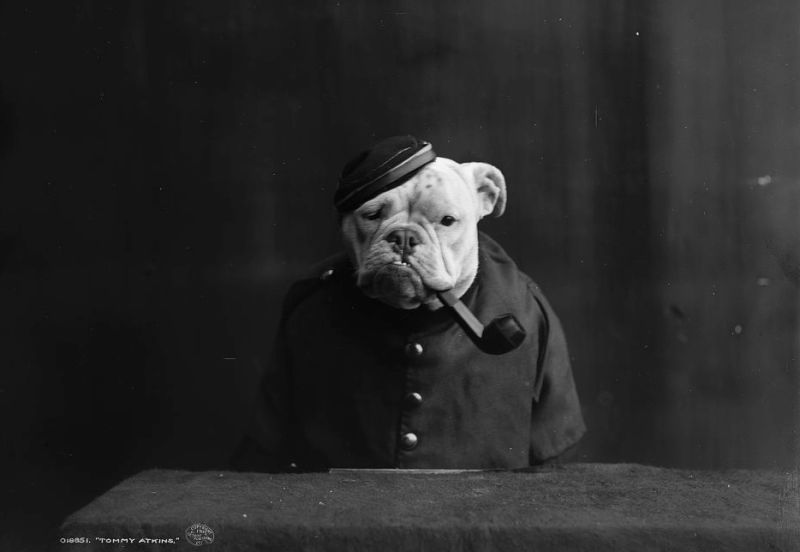
Figure 1 – Detroit Publishing Company “Tommy Atkins,1905” from the US LOC and in the public domain in the United States because of its age.
You know that if people photographed cats in silly positions that it wouldn’t be long before someone started photographing dogs in silly poses as well. After all, while cats need to be courted and coaxed, a dog will do it for bones or scraps. So it turns out that a century before Wegman’s famous dog photographs amused us, people were already dressing up and photographing canines.
I’m offering up one of my favorites from 1905 entitled “Tommy Atkins” see Figure 1. Pipe smoking animals were very popular in the Pre-Surgeon General’s Report days. I remember a chimpanzee at the Central Park Zoo, back in the 1960s, who was famous for smoking cigars. And in this case there is more than a casual resemblance of, well let me give you a hint,
“…we shall fight on the beaches,
we shall fight on the landing grounds,
we shall fight in the fields and in the streets,
we shall fight in the hills;
we shall never surrender…”
Now British readers will certainly know who Tommy Atkins is, others maybe not. Tommy Atkins is a term for English soldiers particularly those in World War I. It is like the American term GI Joe. It is one of those curious issues in history. But the earliest use of the term appears to come from 1743 in a letter sent from Jamaica about a mutiny among the troops: “except for those from N. America ye Marines and Tommy Atkins behaved splendidly”.
Despite this the common and romantic belief persists, supported by the Imperial War Museum, that the name was chosen by the Duke of Wellington who was impressed by a soldier’s bravery at the Battle of Boxtel in 1794 during the Flanders Campaign. After a terrible fight the Duke saw what he considered to be the most exemplary man-at-arms, Private Thomas Atkins, who despite terrible mortal wounds said, “It’s all right, sir. It’s all in a day’s work.”
And hats off to Harry Patch the last British combat veteran of World War I, the “Last Fighting Tommy.” Patch passed away on July 25, 2009 at the age of 111.
